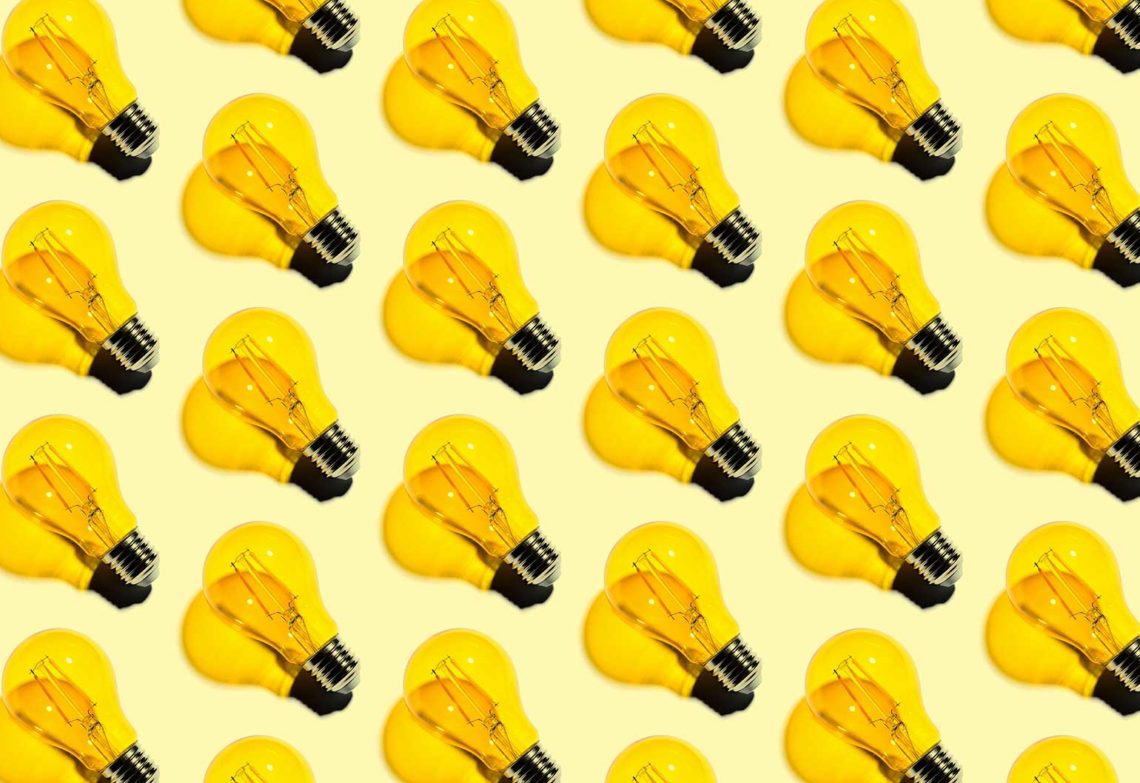Western Australia (WA) may soon be a world-leader in hydrogen production, with a project to produce low-emission hydrogen and graphite from sewage set to launch next year.
Recently announced by Hazer Group, the three-year project at Water Corporation’s Woodman Point Wastewater Treatment Plant is expected to produce 100 tonnes of fuel-grade hydrogen and 380 tonnes of graphite each year, from the biogas released during the wastewater treatment process.
The $16.65 million project uses technology first developed at The University of Western Australia, and later acquired by Hazer Group. It involves excess biogas – primarily composed of methane and carbon dioxide – being converted into low-emission hydrogen and graphite, using an iron ore catalyst.
The hydrogen produced could be used for vehicle fuel and chemical feedstock, while the graphite could be used in the production of lithium-ion batteries, water purification and advanced materials.
“This is a marvellous application of the Hazer process onto renewable biomass, with the carbon being sequestered as solid graphitic carbon, which has potential applications in batteries,” said Professor Chua from UWA’s School of Engineering, who led the initial research.
“It is heartening that UWA technology is assisting with the Australian economy, especially in the renewable energy sector, in terms of generating employment and building resilience toward a low-emission future.”
Under the recent agreement, delivery of biogas is scheduled to begin in 2021 and continue for three years. Western Australia Regional Development Minister Alannah MacTiernan said the project was well-aligned with the state’s Renewable Hydrogen Strategy.
“Hydrogen is an increasingly important renewable fuel source, and this world-leading project will showcase our State’s capability in the hydrogen industry through the commercialisation of a technology developed right here in WA,” MacTiernan said.
“This initiative represents an important first step towards kick-starting renewable hydrogen production capacity and driving the use of zero-emissions transport fuel for buses, heavy trucking, waste collection, and light vehicle fleets.”




What an exciting opportunity to turn a waste by-product into a valuable resource. I wish Hazer Group all the best in your commercialization efforts.
Never on any of the sites are actual costs shown – initial cost of building the plant and ongoing cost – is this privately funded or State or Federal funded – why only run for three years – is this process economically viable??
Hi Charles,
The project is supported by ARENA and the balance is privately funded by Hazer Group. All the aspects you raise have been addressed in our ongoing communication with the market. Relevant information and announcements can be found on our website: http://www.hazergroup.com.au
Please do get in touch in case you have additional questions.
Best regards,
Luc Kox – Hazer Group
So for $16 million how much energy is produced?
Based on very basic costs and no inefficiency it works out to be around 91kW/ day.
Nothing stated about the operational costs.
For that amount you can install a lot of wind and solar & batteries ?
It’s probably just a pilot project, so the costs are never going to reflect potential.
@Mark: not sure why the options are exclusive. can’t we have both wind/solar/batteries AND a solution to help remove methane from biowaste (wastewater, landfills, etc)??